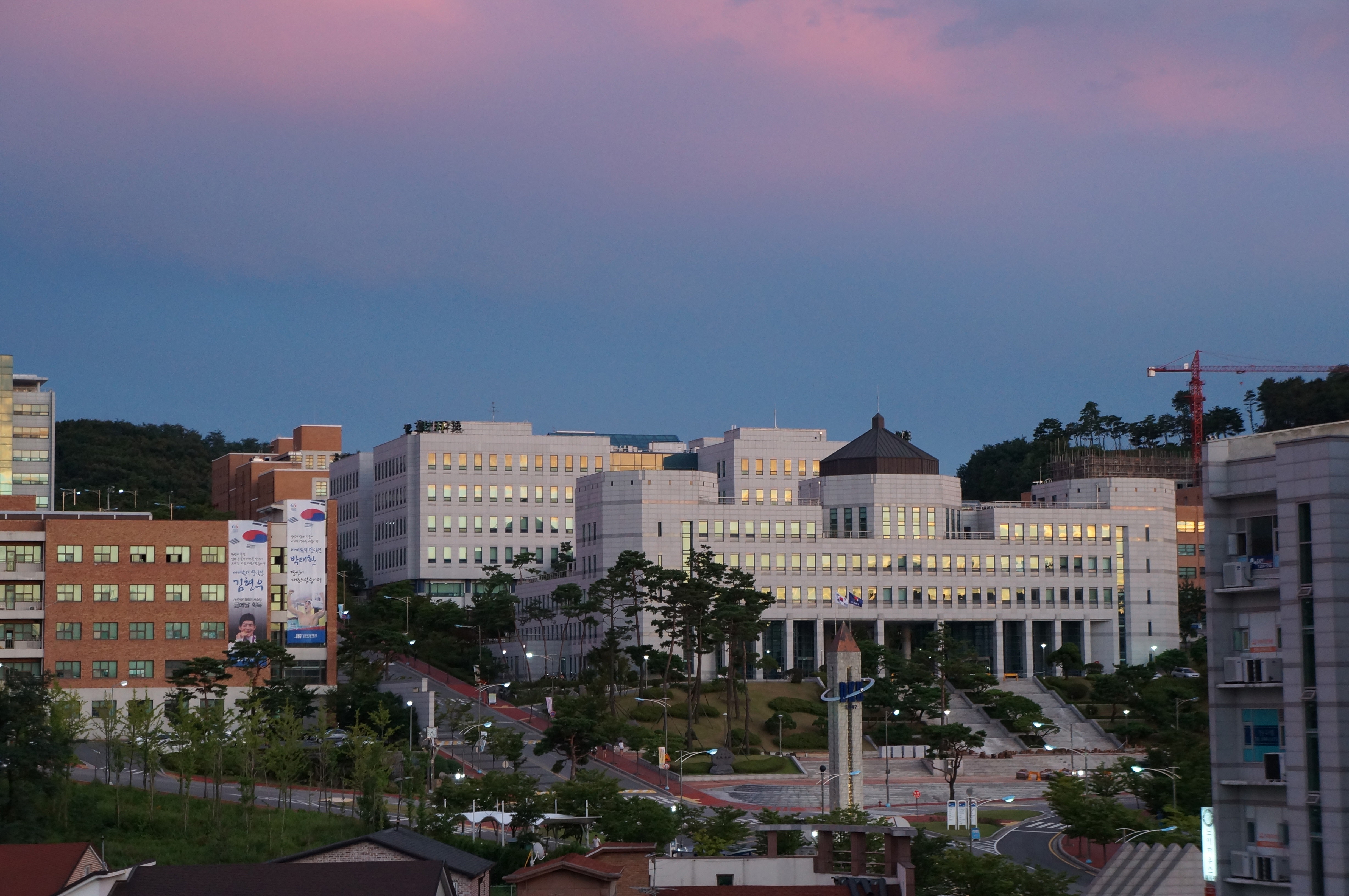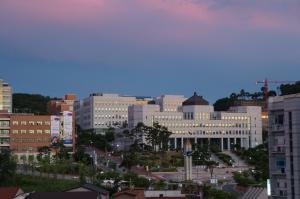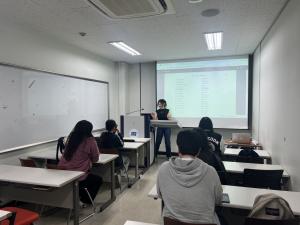What do you think is the best way to overcome our low birth-rates? Birth encouragement policies and greater access to childcare facilities are among the many ideas that spring to mind. At present, a low birth-rate is a serious problem for many countries, including South Korea. The Korean government is addressing the problem by paying a childbirth grant and supporting child rearing expenses.
However, to better address the problem of low birth rates in South Korea, last December, the Ministry of the Interior published a "Birth Map of Korea” on their website (http://birth.korea.go.kr/) which identified the population of “fertile woman” per region of the country. This map marked the total birth-rates, the number of the births, and the number of fertile woman and marriage rates in each of our 243 local government districts. Areas with more vivid or darker colors were regions identified as more “fertile”. Many netizens and politicians harshly criticized the release of information about the population of fertile women, claiming it dismissed women to mere tools for delivery.
As a result, the ministry quickly shut the web page down, explaining the intention was just to release birth rate statistics and information about birth encouragement policies. However, according to a previous press release, the map was a core part of the government’s project entitled ‘Plans for Raising the Birth Rate with Local Government,’ so the weak justification failed to temper the citizens angered by the controversy.
The fertile women map was based on an erroneous opinion about women in Korean society and deserves to be criticized for many reasons. Releasing information, categorized by childbearing age, puts the pressure on them to address the problem. Fertile women do not have any duty to raise the birth-rate simply because they are of childbearing age. There were no considerations given to their own health, their desire to be a parent, their socio-economic situation, sexual orientation and their gender identity. The right to self-determination was completely ignored by the data finding mission and the resulting policy directions. The decision to bear a child should be left to women, however, self-determination was not taken into consideration, anywhere on the map and in the subsequent policy plans.
In the government sponsored low birth rate plan released last August the government set a target to increase birth rates by 20,000 or more. However, increasing the number of the births by a specific target should not be an objective, but rather a result from the series of actions taken by our society to help foster a better environment for raising more children.
Many researches show the solution to overcoming a low birth-rate is improving our quality of life, especially for women. Nevertheless, South Korea has had the highest gender pay gap among OECD members for the last 14 years. Moreover, graphs of the economic activity of females in South Korea shows a dramatic drop in their 30’s, which can be explained by their decision to become stay at home parents. According to recent research by Kim Young-mi (Fertility and Gender Equality, 2017), birth-rates turn on the background of awareness and gender equality. Women who had more economic power, education and an overall better quality of life, had more children. Therefore, before presenting the target rate of increase, the ministry should have considered the socio-economic realities faced by women.
This controversy stems from an erroneous opinion of the primary role of women in Korean society. The ‘Overcoming Low Birth-Rate Plans’ and the ‘Fertile Woman Map’ did not consider the woman’s right to self-determination. A ministry, which fails to take this into account, needs reviewing. To overcome our low birth-rate, we should reconsider the role of women to something more than being a fertile delivery mechanism and a primary means for child-care.
박해지 dankookherald@gmail.com

 Pioneering Education for a New Era of Dankook: PRIMUS International University
Pioneering Education for a New Era of Dankook: PRIMUS International University






